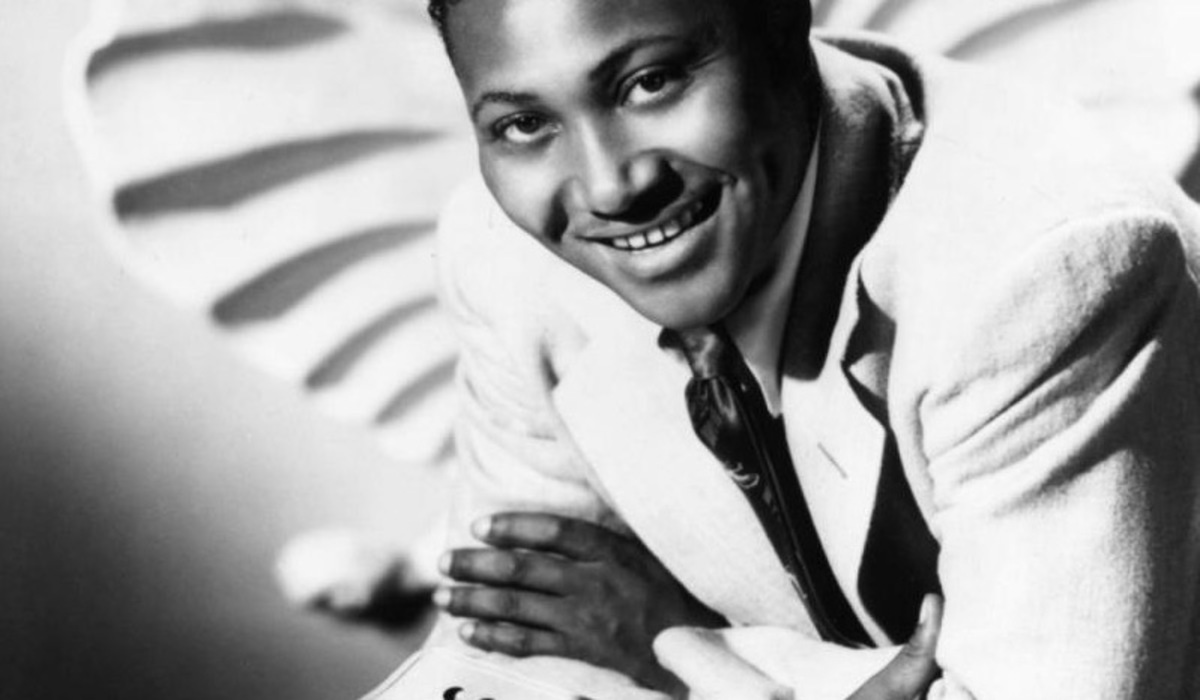Amos Milburn: The Boogie Woogie King of the Blues
Amos Milburn was one of the most influential R&B and jump blues musicians of the 1940s and 1950s, renowned for his rollicking piano playing, expressive vocals, and party-themed songs. A pioneer in blending boogie-woogie rhythms with early rhythm and blues, Milburn helped shape the foundation of rock ‘n’ roll and left an enduring legacy in American music history.
Early Life and Musical Roots
Joseph Amos Milburn Jr. was born on April 1, 1927, in Houston, Texas, into a musical and religious family. From a young age, he displayed remarkable musical talent, particularly on the piano. By the time he was a teenager, Milburn was already performing at local clubs and private parties.
At just 15 years old, he lied about his age to enlist in the United States Navy during World War II. He served in the Pacific theater, and upon returning home, he pursued music full-time with renewed vigor.
Rise to Fame
Amos Milburn’s career took off after he signed with Aladdin Records in 1946. His first big hit, “Chicken Shack Boogie” (1948), showcased his lively piano style and playful lyrics. The song climbed the R&B charts and established him as a rising star.
From the late 1940s through the early 1950s, Milburn released a string of popular records, including:
- “Bewildered” (1948)
- “Roomin’ House Boogie” (1949)
- “Let Me Go Home, Whiskey” (1950)
- “Bad, Bad Whiskey” (1950)
Many of these songs humorously explored themes of drinking, partying, and nightlife, earning him the nickname “the poet laureate of the barroom.”
Milburn’s work stood out not just for its catchy, upbeat melodies, but also for his expert musicianship. His boogie-woogie piano technique—fast, rhythmic, and energetic—became a template for generations of blues and early rock musicians.
Influence and Legacy
Amos Milburn was a major influence on later artists like Fats Domino, Ray Charles, and Little Richard. His fusion of blues, jazz, and R&B helped set the stage for the birth of rock ‘n’ roll in the 1950s.
His recordings were characterized by tight arrangements, often backed by powerful horn sections and swinging rhythms. Though he wasn’t the first to sing about whiskey and good times, Milburn gave the themes a uniquely joyful and mischievous twist that resonated with postwar audiences.
Despite his success, changing musical tastes and the rise of rock ‘n’ roll saw his popularity decline by the late 1950s. Still, his contributions to American music remained influential.
Later Years and Death
Milburn continued to perform and record sporadically into the 1960s, but health issues and declining record sales took their toll. He suffered a stroke in the 1970s, which affected his ability to play piano. Amos Milburn passed away on January 3, 1980, in Houston, at the age of 52.
Conclusion
Amos Milburn may not be as widely remembered today as some of his contemporaries, but his impact on blues, R&B, and early rock music is profound. With his rollicking piano, clever lyrics, and party spirit, he helped bring a joyful, danceable energy to postwar America and influenced countless musicians who followed.


Comments are closed